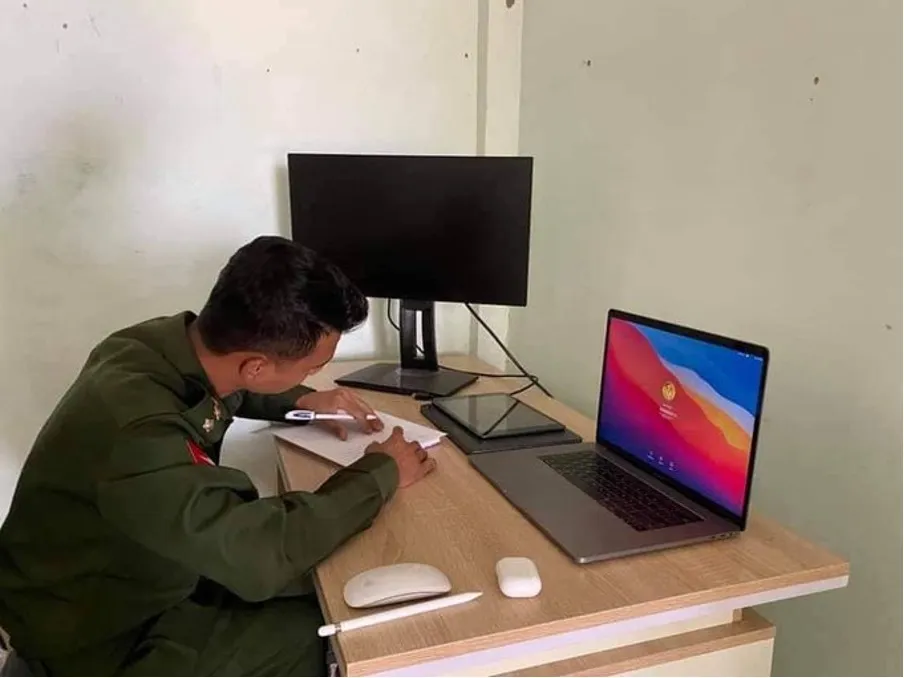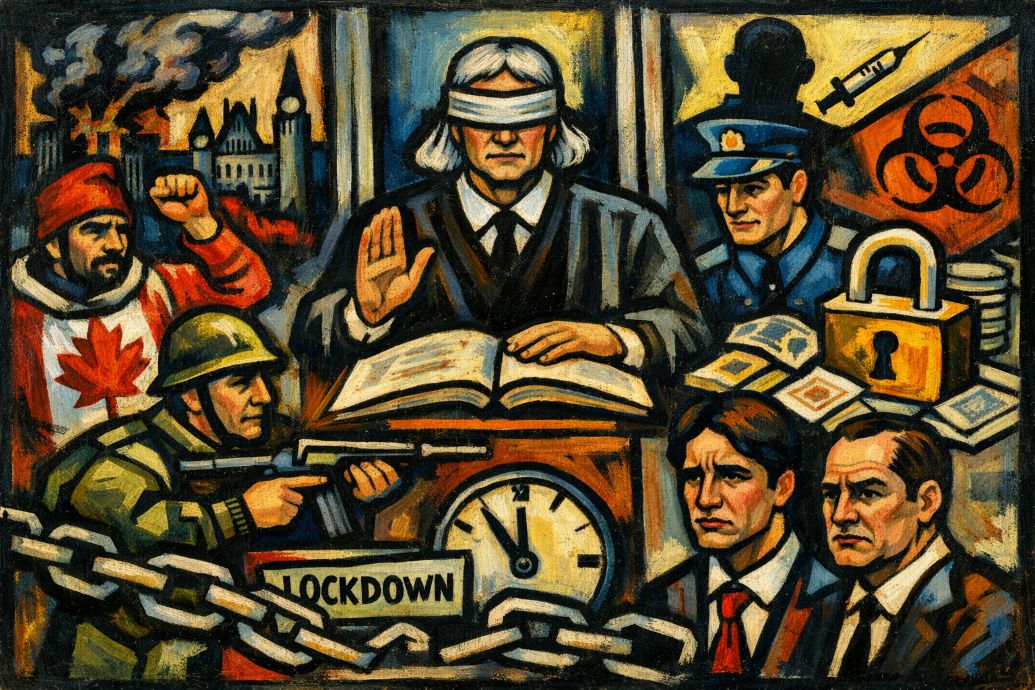Table of Contents
30th March 2021
During these pieces about Myanmar, I have tried to give an assessment of the situation other than the daily headcount and pictures of demonstrations and people being shot. I have suggested that because the CDM is still protesting and the EAOs are getting organised that the Senior General has bitten off more than he can chew.
Below is a piece from the Irrawaddy from Chris Lamb, an ex-Australian ambassador to Myanmar. He was Ambassador during the 70s when the Dictatorship was at its worst. His current positions is special advisor to the Australian Red Cross and the International Federation of Red Cross and Red Crescent (ICFC). The piece is printed in full because it puts the situation into perspective and helps us to understand the thinking of the coup leader.
A lot has been written about Myanmar since the military takeover in the hours before dawn on Feb. 1. Much of it has been about the violence on the streets, which after a weekend when at least 114 people were shot dead is understandable. But more needs to be said about the reasons for the coup, the historical context for what we see today, and how both affect what is happening in full public view before an increasingly critical global audience.
It is time to tick a few boxes.
The past
The first time an elected government was removed in Myanmar was in 1962 when the Tatmadaw (armed forces) commander, General Ne Win, overthrew Prime Minister U Nu and abolished the 1947 independence constitution. It was an almost bloodless event that at the time many people saw as a logical and not unreasonable reaction to fears of the imminent disintegration of the then Union of Burma.
It was only later that Ne Win’s Revolutionary Council made up entirely of Tatmadaw officers launched what was known as the “Burmese Way to Socialism” and ultimately the end of Burma as a prosperous nation. Socialism was, however, used by Ne Win as the ideological glue binding the Tatmadaw and the civilian bureaucracies.
The evolution of Tatmadaw rule into the “Socialist Republic” in 1974 saw the institution of a one-party state with all significant offices held by the men of the Tatmadaw, who retired from their military command posts to take up parliamentary or other civilian positions.
The second, in 1988, was in part a takeover from itself. The collapse of the Ne Win system that year was accompanied by the promise of constitutional amendments allowing free-and-fair, multi-party elections. This promise was maintained by the new Tatmadaw regime, which styled itself with Orwellian flair as the State Law and Order Restoration Council (SLORC). Headed at first by General Saw Maung, and after 1992 by his deputy General Than Shwe, SLORC abolished the 1974 constitution.
SLORC decided it had restored law and order in 1997 and changed its title and defined purpose to become—with an inspiration that rivals Orwell’s “Ministry of Truth”—the State Peace and Development Council (SPDC). It is tempting to believe that Orwell, who wrote “Burmese Days” in 1934, saw this coming.
The SPDC remained a body formed by, and largely constituted of, Tatmadaw officers. It remained in office until March 2011, when it handed over power to the parliament elected under the 2008 Constitution, a document put to a national referendum by the SPDC and approved through a process widely described as rigged. The SPDC announced 94 percent of voters were in favor.
The 2008 Constitution included provisions that guaranteed Tatmadaw control of all essential state security functions, a quarter of the membership of all elected bodies, and a requirement that any proposal for constitutional amendment obtain three-quarters support in the national parliament—an effective veto over change.
The present
The National League for Democracy (NLD) was founded by Daw Aung San Suu Kyi in September 1988, 10 days after the SLORC seized power but pursuant to the promise of multi-party elections first mooted by Ne Win. Many tribulations befell her in the years that followed, but the NLD remained a registered political party despite persistent harassment of its leadership. The party was ordered to cease political activities in 2004. Daw Aung San Suu Kyi was seen by the Tatmadaw, and the population alike, as the only person with the stature and personality to deprive the military of its control, generating both fear and hope in both camps.
There was, however, a general appreciation of Daw Aung San Suu Kyi as the person most likely to make a difference, and also of her as a person who could achieve change with the support of large sections of the Tatmadaw because of her place in the country’s history—the daughter of independence hero General Aung San. It was because of this strength that she was kept under various forms of house arrest between 1989 and 2010 (with some breaks during which she was able to build the image of the NLD and herself throughout the country).
When she attained power after elections held in 2015, it was clear one of her priorities would be to remove the Tatmadaw’s control of parliaments by virtue of its 25 percent guarantee of the share of seats. Whenever this issue was raised, it was immediately clear the Tatmadaw leaders, especially commander-in-chief Senior General Min Aung Hlaing, would not entertain such a change. However, many others in Myanmar had believed that Snr-Gen Than Shwe’s Constitution was part of a planned transition from military to civilian rule.
The Myanmar general elections in 2015 were the first contested countrywide by the NLD. The result gave the NLD 86 percent of the seats in the national Parliament. This was more than enough for the election, by the Parliament, of the president. As Daw Aung San Suu Kyi had been rendered ineligible to be president by qualifications placed in the Than Shwe Constitution, the Parliament elected the nominee of the NLD at the time, U Htin Kyaw. He retired on health grounds in 2018 and was replaced by NLD nominee U Win Myint.
Approaching tomorrow
Tatmadaw commander-in-chief Snr-Gen Min Aung Hlaing has been in this office since March 2011 and so was present during the three presidencies since the retirement from public life of Snr-Gen Than Shwe. Many Myanmar people, including Tatmadaw officers, were surprised when he was elevated to this position by Snr-Gen Than Shwe, for he had not had a particularly distinguished army career and was promoted above many more senior colleagues.
In that sense, Snr-Gen Min Aung Hlaing was seen as a parallel to an earlier president, U Thein Sein, who was elevated by Snr-Gen Than Shwe and served between 2011 and 2016, despite there being others seen as more senior and deserving.
U Thein Sein quickly became a president who seemed to have the public’s interests at heart and was known for his instruction in 2011 to parliamentarians to go to their constituencies, meet the people, understand their problems, and bring them to the capital for solution. Nobody had ever done that before.
Snr-Gen Min Aung Hlaing, on the other hand, was widely rumored to have engaged in corrupt activities through ownership of shares in companies run by the military. Despite some efforts to meet a wider range of people than is normal for Tatmadaw commanders, he never won public admiration or trust.
The NLD won a stunning victory in the elections on Nov. 8 last year, when it improved on its 2015 numbers. There was a widespread expectation the NLD would lose some seats in ethnic regions, but would hold its numbers in the Bamar (ethnic Burmese) heartland. The elections were observed by respected international observers (such as the Asian Network for Free Elections and the Carter Center) as well as 13 accredited domestic groups. All found the procedures on election day stood the test of fairness.
When results started coming in, the first murmurings of dissatisfaction emerged from the Tatmadaw, matching protests lodged with the Election Commission by the pro-military Union Solidarity and Development Party (USDP). Nobody took the complaints seriously, and the country began to prepare for a peaceful transfer of power.
It was striking at the time to see how similar some of the protests were to those lodged in the US by people alleging voter fraud and other irregularities, and perhaps that dulled the impression that the protests should have generated. When challenged about the Tatmadaw’s intentions, and whether it would allow a peaceful transfer of power, the Tatmadaw spokesman played down the questions. It was not until a couple of days before the newly elected parliament was to meet for its swearing-in ceremony that anyone started to think that the ceremony might not take place.
Why Feb. 1?
At this point it’s necessary to note that the elections took place under Snr-Gen Than Shwe’s 2008 Constitution, held up by the Tatmadaw as the way forward. Had the new Parliament been sworn in as scheduled at 10 a.m. on Feb. 1, it would have had a five-year term ahead of it, under the Constitution.
It would have had the authority to choose the president and it would have been responsible for choosing the next Tatmadaw commander-in-chief when Snr-Gen Min Aung Hlaing compulsorily retired on July 3—his 65th birthday.
As banal as this sounds, Snr-Gen Min Aung Hlaing’s personal expectations stand out as the core element in the takeover and its date. It is widely believed he aspired to the national presidency himself, but the size of the NLD victory dashed that hope, and also introduced the real possibility that antipathy to the Tatmadaw everywhere in the country would permit Daw Aung San Suu Kyi to mobilize the people for constitutional change aimed at reducing Tatmadaw influence.
There are plenty of signs that most of the people were looking forward to the swearing-in of the new Parliament, and few signs that the Tatmadaw or the police were preparing for anything else. When the army and police struck, there were no signs of much preparation. People detained were at home or asleep, and they were not taken off to detention sites for some time, sometimes for days or longer. There were no measures in place to lock down communications or take any action for public control. There was no immediate release of legal language to justify what was being done.
In other words, although some close observers did say they had picked up noises that the Tatmadaw might move before the Parliament was sworn in, very few of those in power, including in the NLD, saw it coming. Snr-Gen Min Aung Hlaing would have anticipated no serious resistance.
Afterwards
The situation which confronted Snr-Gen Min Aung Hlaing and his self-appointed State Administrative Council was the appearance on the streets, day and night, of millions—yes, millions—of Myanmar citizens demanding respect for the Nov. 8 elections and the resumption of democratic government.
Now, almost two months later, the demonstrations continue, undeterred by extreme violence. They are everywhere in the country, from the big cities to the villages and involve people of all ethnicities, religions, cultures, genders and age groups. Age is a special consideration, for the demonstrators include the bulk of the country’s youth, most born and raised after Gen. Saw Maung’s takeover in 1988 and virtually all, thanks to President U Thein Sein, fully internet-literate.
Internet literacy enables the population, led by the youth, to communicate with each other, and with their colleagues and friends outside Myanmar. This has produced a great deal of public pressure from outside the country, and while most of the Tatmadaw have not traveled widely, nearly all of them have relatives who have. There is much more knowledge of the outside world now than in 1988, and the lessons which Snr-Gen Min Aung Hlaing would have learned as a young man would no longer fit to the world he inhabits now.
Source the Irrawaddy 30th March 2021.
I make no apologies for quoting this in full because it is the clearest assessment of the situation that I have seen and corresponds to my research findings. It looks as though Min Aung Hlaing is heading for trouble and a long haul.
Please share this article so that others can discover The BFD









